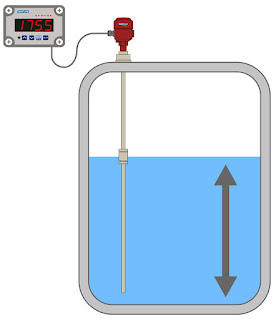A wide range of liquid level sensor is used for level
measurement and available for addressing the various applications. Level sensor
system installation requirements and practices. Level monitoring technologies
are available in different versions to addressing various industries.
The liquid level sensor is a sensor used for
identifying liquid levels or interfaces between water and oil or solids and
fluids. These sensors can likewise be characterized as transducers or as
incorporated frameworks with instrumentation and control capacities. The liquid level sensor is one of the most significant sensors and assumes an indispensable
job in an assortment of modern and purchaser applications.
Various type of industrial applications incorporate liquid
level sensor in transport tanks, stockpiling tanks and water/wastewater tanks
and fuel tanks for detecting fluids, for example, oil, diesel and different
fills. Fluid level estimation is huge in family unit applications including
electronic devices, for example, water containers, water evaporators, steamers,
observing arrangement of boilers, warming frameworks, clothes washers, steam
irons, juice squeezers, robotized espresso machines, and so forth. Level
sensors are intended for explicit applications contrasted with general
applications.
Various of Level Sensor Measuring Systems
- Liquids
or Solids Level Measurement
- Point
or Continuous Level Measurement
- Electromagnetic
Level Measurement
- Contacting
or Non-Contacting Level Measurement
General Considerations for Liquid Level Sensor Selection:
- Density
and viscosity
- Vapors
mist and dust
- Chemical
composition
- Interfaces
and gradients
- Ambient
temperature
- Humidity/moisture
- Process
temperature
- Process
pressure
- Regulated
environment
These level measurement systems can work for point level
measurement and continuous level measurement. These both measurement systems
cover different types of level sensors.
Point level measurement sensors are used for the purpose of
marking a single liquid height or for presetting a level condition. Usually,
this sensor works as a high alarm that measures the overflow conditions in
tanks through liquid level sensors, or works as a marker to note down the low
alarm conditions.








No comments:
Post a Comment